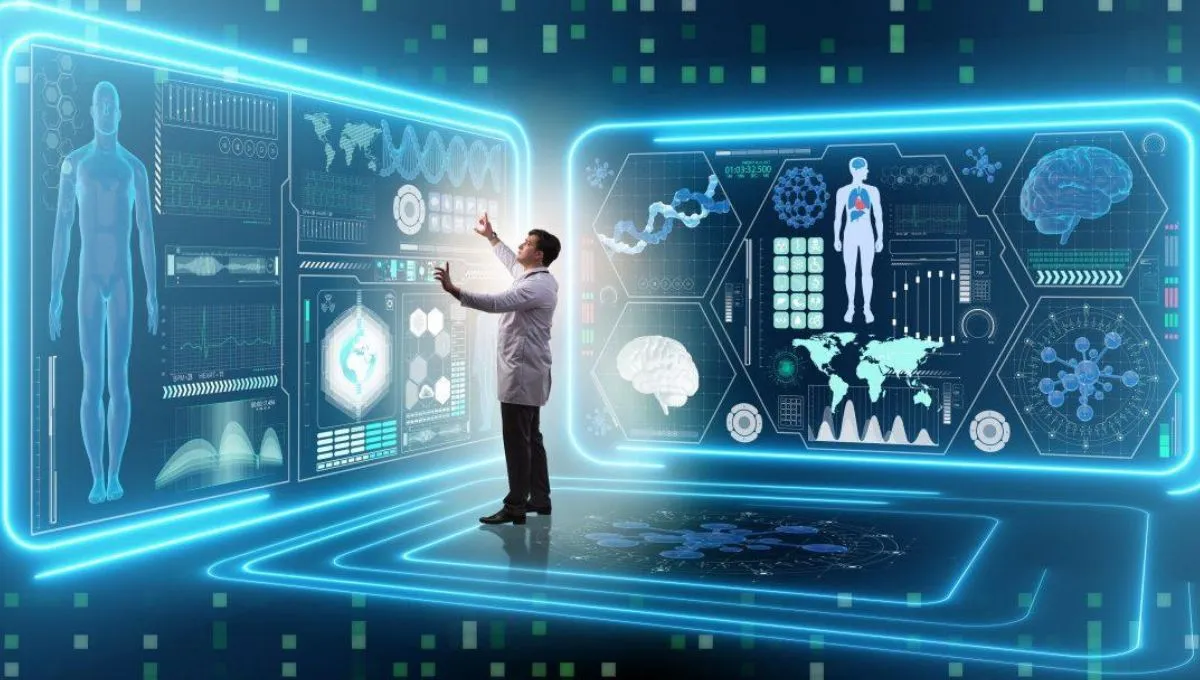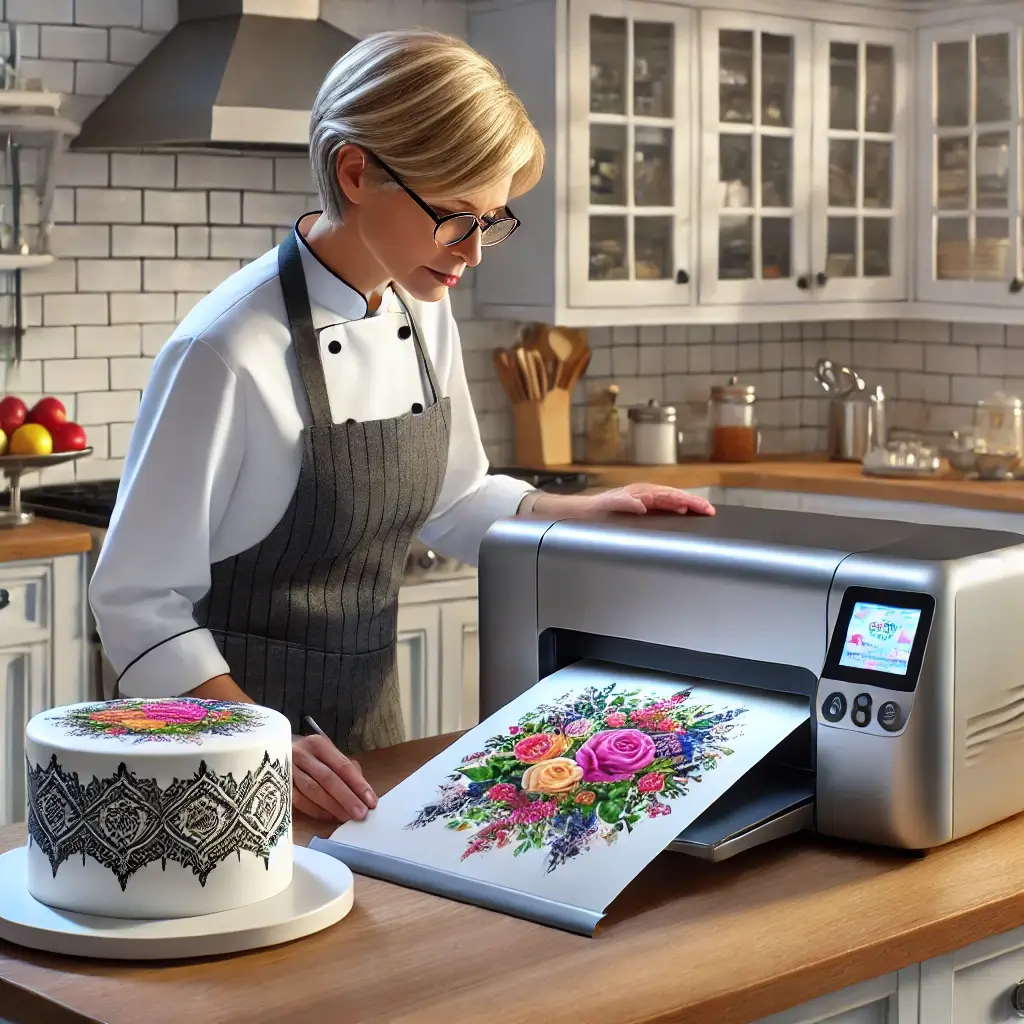Introduction
Setting the Stage
In Conversational AI in Healthcare, machines are being used just like they would be on any other part of your journey. When most of us think of healthcare, we imagine white coats, stethoscopes and being cared for by a real doctor. But now? You could find a chatbot checking your symptoms even before you visit the doctor.
What’s Driving This Conversation?
Because AI tools such as ChatGPT and Siri have become so popular, it was only a matter of time before we saw them in healthcare. AI now handles tasks such as evaluating symptoms and setting up appointments, work that use to only be handled by humans. The main question is whether machines can do the job that doctors do.
All the discussion about automation stems from the powerful introduction of Conversational AI in Healthcare. It has technology that can respond, understand what you ask and give health advice. Should we just stop there, though?
The Rise of Artificial Intelligence in Healthcare
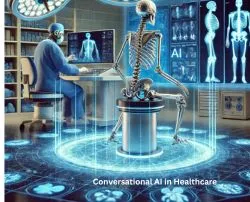
A Brief History of AI in Medicine
Artificial intelligence has been involved in medicine for a while now. The field began in the 1970s when systems like MYCIN were created to manage blood infection cases. These primitive systems marked the beginning of what we see now.
Milestones in Medical AI Development
During the 2010s, IBM Watson, Google DeepMind and various small companies began changing the field. Starting as an idea, AI soon helped detect tumors and appeared in the operating rooms.
Why Now? The 2020s Tech Boom
Thanks to machine learning, stronger processors, NLP and 5G, AI now can manage difficult medical duties. Because of the COVID-19 pandemic, even more reliance on automation made Conversational AI in Healthcare.
What is Conversational AI in Healthcare?
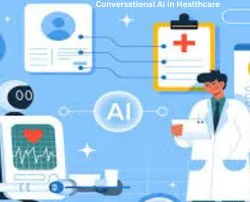
Definition and Core Functionality
Conversational AI in Healthcare is at its foundation about machines simulating real conversations, using text or speech. Chatbots who ask you about your feelings and voice assistants that remind you to take medicine are making healthcare far easier to reach.
Examples of Conversational AI Tools
- Babylon Health’s AI chatbot – There is also for patients in the UK to help with symptoms.
- Ada Health – uses NLP to help people make their own assessments.
- Sensely – A virtual nurse avatar that hospitals in the US and Europe have begun using.
Key Benefits for Patients and Providers
- You answer customers quickly.
- Care is available in different settings.
- More cost savings in running the business
- More ways for rural or disabled patients to access medical care
Use Cases of Conversational AI in Healthcare
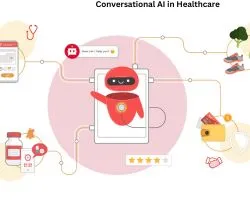
Virtual Health Assistants
Bots are available to set up appointments, send you alerts to take your medicine or decode your lab test reports.
Patient Triage and Symptom Checking
If you use AI bots, you get a clear idea of whether you should visit the ER right away.
Mental Health and Therapy Bots
Woebot and Wysa let people use CBT-based therapy and it works without being anonymous.
Post-Operative Monitoring
After surgery, AI watches your progress to see how much pain you have, if you are taking your medicine as directed and whether your wound is healing by monitoring its images—without the need for a trip to the hospital.
Administrative Help for Doctors
AI solutions make the process of patient and billing documentation much simpler for medical institutions. Conversational AI in Healthcare isn’t meant to substitute doctors.
How Conversational AI is Transforming Patient Experience
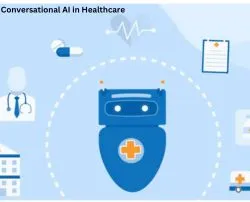
24/7 Availability
There is no such thing as AI going on holiday. Having trouble at 3 AM? The bot is waiting, peaceful and at the ready.
Personalized Health Conversations
Because of AI, previous calls can be remembered and care can be adjusted to fit your individual tone, all while making calls more personal than traditional call centers could do. Conversational AI in Healthcare isn’t meant to substitute doctors.
Reducing Waiting Times
You don’t need to wait around for a nurse. Algorisms can offer you guidance almost as you need it and sometimes even better than a busy attendant.
Language and Accessibility Improvements
Patients anywhere in the world, regardless of their first language, can now use multilingual bots.
Benefits of AI in Healthcare Systems
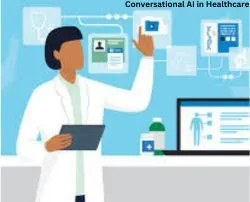
Faster Diagnoses
In just seconds, AI can handle symptoms, look through many databases and mention possible diseases.
Enhanced Medical Research
The data collected is scanned by AI to point out trends, preface possible outbreaks or recommend alternative treatments.
Streamlined Operations
Less absenteeism, faster billing and less work for staff lead to better, leaner systems.
Better Patient Follow-Ups
It won’t let you forget important notes or test results by sending reminders. Excuses like, “I forgot” are over now.
Limitations of Conversational AI in Healthcare
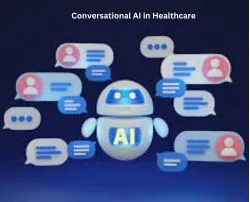
Lack of Human Empathy
No matter the technology, a bot won’t be able to comfort you or see how frightened you are.
Risk of Misdiagnosis
AI isn’t always right. If you supply poor or incomplete information, the doctor’s advice could be risky.
Data Privacy and Security Concerns
Medical information is considered sacred. Because AI is in charge, matters involving encryption, storage and access have become very important.
Bias in AI Algorithms
AI trained with uneven data can issue biased conclusions and bias everyone, especially minorities and groups that are not well represented.
Will AI Replace Doctors?
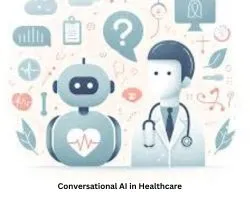
Where AI Excels (and Outshines Humans)
Anyone who has used AI knows it’s better at things such as pattern recognition, multitasking and remembering facts.
Where Doctors Still Rule
Empathy, making good decisions, performing complex procedures and understanding obscure symptoms—only people can do these tasks.
The Perfect Team: AI + Human Doctors
Think about AI guiding the changes from analytics to AI along with you. I’m not the one flying us, but I certainly help make the trip much easier.
The Ethical Dilemma
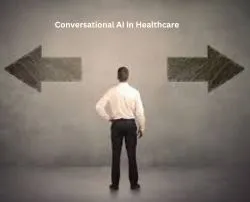
Trust and Accountability
Should the responsibility of an AI error be placed on the person coding it, those running the hospital or the program itself?
The Consent Problem
Do patients recognize their conversations are with AIs? Are technology and science undeserving of teaching?
Should AI Have a Medical License?
Is a medical diagnosis service that gives advice required to be certified? By what means is it evaluated?
Conversational AI vs Traditional Medical Consultation
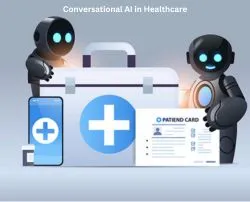
Speed vs. Depth
Despite being fast, AI often doesn’t provide the same amount of information as a person. Doctors allow more time and try to get to the bottom of your issue.
Cost vs. Quality
AI is more economical—but how is the outcome? Can it find and understand rare diseases? Maybe not.
Patient Trust Comparison
Despite what studies show, people’s high trust in medical experts is slowly decreasing.
Real-World Case Studies

Babylon Health (UK)
Adopting this tool, the NHS now reduces doctors’ tasks and quickens consultation processes.
Ada Health (Germany)
There are now 11 million people using the platform. It is famous for making accurate, simple assessment tests.
Apollo Hospitals with Conversational AI (India)
The bot tools of Apollo take care of scheduling patients, managing records and offering routine consultations.
The Future of Conversational AI in Healthcare
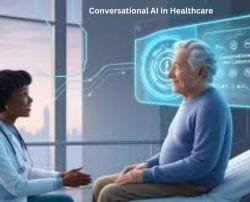
Emerging Trends
- Diagnosis based on voice sound
- Bots that react to people’s emotions
- Stations powered by AI tools that replicate services of a human nurse
Integration with Wearables
This Conversational AI in Healthcare will enable smartwatches and sensors combined to give coaching advice at any time and alert both users and emergency teams when needed.
What to Expect by 2030
Sometimes, a bot will help you before you meet with a doctor and that can be perfectly normal for many.
Expert Opinions
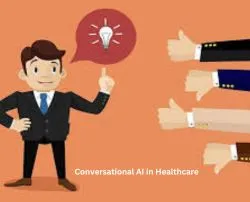
What Doctors Say
Mixed feelings. Reducing worry is what attracts a number of people, though some are concerned about losing their jobs to automation.
What Patients Think
Young people find the convenience really appealing. Older ones? Still skeptical.
What AI Engineers Predict
Stable integration into healthcare systems should happen in 5 to 10 years. Even so, humans are responsible for most of the decisions within aviation.
How to Balance AI and Human Touch in Healthcare

Collaborative Intelligence
It’s important for AI to deal with numbers and data, leaving the medical actions to doctors.
Augmentation vs. Replacement
Don’t replace—enhance. Doctors supported by artificial intelligence can handle more tasks, do them better and more quickly.
Designing Ethical AI
Start by making your company fair, inclusive and transparent from the lowest levels.
Conclusion
Conversational AI in Healthcare isn’t meant to substitute doctors. We need to support our friends. It’s true that AI is able to store and recall every known drug interaction. Yet, it doesn’t have the ability to see your face and see fear or hope.
The potential of medicine in the future? It’s a bit more complex than that. It’s not about doctors being challenged by robots. It’s collaboration. If our meals are balanced, we’ll feel better tomorrow.
FAQs
Not entirely. Routine questions and minor symptoms can be handled effectively; however serious cases must still be looked at by a human specialist.
That is the case if the platform meets strong data protection rules. Support only respected app developers.
You ought not to depend completely on artificial intelligence. Remember to see a doctor to make sure your symptom is diagnosed correctly.
Yes! Ada Health and Babylon are two apps that let people check their health for free.
Robotic surgery is already being used, but people control it throughout the operation. Until now, self-driving systems rely heavily on human supervision.

